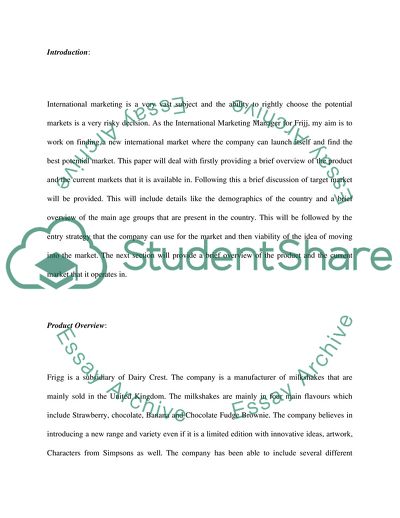Cite this document
(Internation Marketing for Frijj Case Study Example | Topics and Well Written Essays - 4500 words, n.d.)
Internation Marketing for Frijj Case Study Example | Topics and Well Written Essays - 4500 words. Retrieved from https://studentshare.org/marketing/1730733-internation-marketing-report-4500-5000-words
Internation Marketing for Frijj Case Study Example | Topics and Well Written Essays - 4500 words. Retrieved from https://studentshare.org/marketing/1730733-internation-marketing-report-4500-5000-words
(Internation Marketing for Frijj Case Study Example | Topics and Well Written Essays - 4500 Words)
Internation Marketing for Frijj Case Study Example | Topics and Well Written Essays - 4500 Words. https://studentshare.org/marketing/1730733-internation-marketing-report-4500-5000-words.
Internation Marketing for Frijj Case Study Example | Topics and Well Written Essays - 4500 Words. https://studentshare.org/marketing/1730733-internation-marketing-report-4500-5000-words.
“Internation Marketing for Frijj Case Study Example | Topics and Well Written Essays - 4500 Words”, n.d. https://studentshare.org/marketing/1730733-internation-marketing-report-4500-5000-words.


